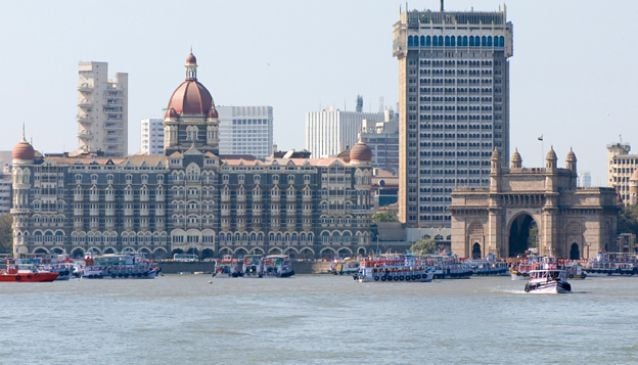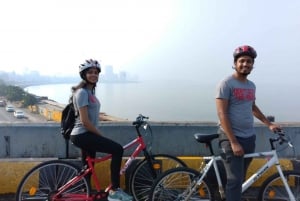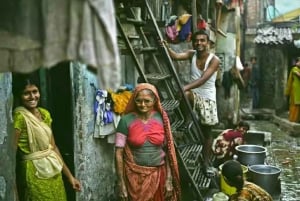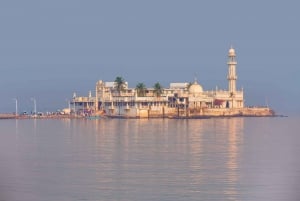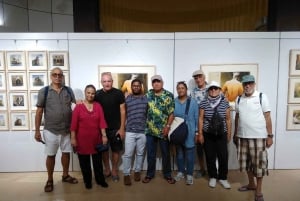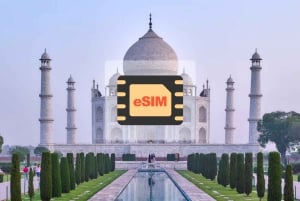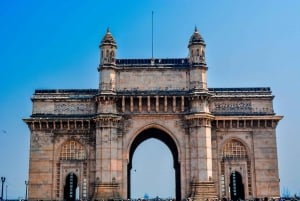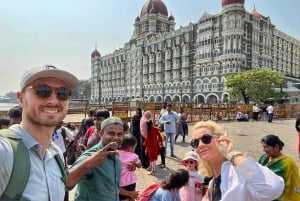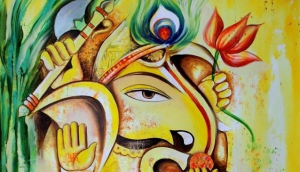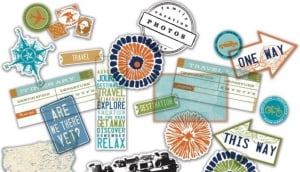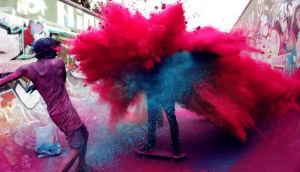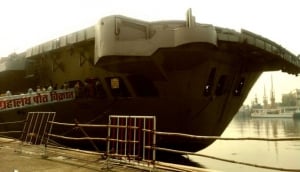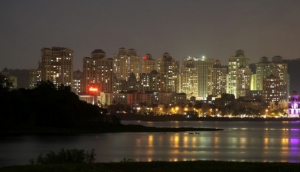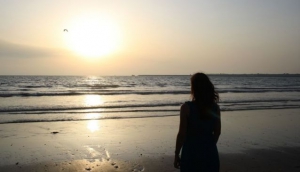The History of Mumbai
With the dawn of the 21st century, Mumbai has emerged as a glistening new metropolis
Book Top Experiences and Tours in Mumbai:
If youʻre booking your trip to Mumbai last minute, we have you covered. Below are some of the top tours and experiences!- India: eSIM Roaming Mobile Data Plan
- Dharavi Walking Tour with Options
- Mumbai: Half-Day Tour
- Mumbai: Exclusive Full-Day Private Guided Sightseeing Tour
- Mumbai: Morning Bicycle Tour
, the most cosmopolitan of all of India's cities, has a very colourful history, which helps explain much Mumbai culture. Its origins trace back to ancient times and it has been inhabited since the Stone Age. It was previously known as Bombay and held a position of great importance during the struggle for supremacy in India between the British and the Portuguese. The city originally consisted of seven islands which were united until the death of the great Mauryan King Ashoka. After the death of King Ashoka, the islands were distributed among the various local Hindu rulers.
Mumbai’s modern history dates back to when it was initially explored by Vasco da Gama, a Portuguese man who named the city Bom Baia, meaning ‘Good Bay’. In 1662 the Portuguese King gifted these islands to Charles II of England in the dowry of Catherine de Braganza, his sister. A few years later, in 1668, Charles II leased them to the East India Company.
The name Bombay was subsequently derived from the Portuguese by the British. In 1708, the city became the headquarters of the East India Company and developed as a major trading place. The first British Governor of these islands was Sir George Oxenden. Reclamation of land from the sea for the development of the city of Bombay was started under Gerald Angier, the next Governor, who persuaded businessmen to come and settle there. During that time, Bombay became an important commercial centre.




The progress of the city began with the East India Company’s military successes in the Deccan Plateau, in South India. The 18th and 19th century saw a flurry of construction in Bombay. Various new buildings, monuments, railway stations, offices and banks were built. During this time, the city also emerged as an important world trading centre along with Mecca and Basra. In 1838, Bombay and Colaba Island were connected by a causeway, now known as Colaba Causeway. In 1853, the first railway line of India, running between Bombay's Victoria Terminus and Thane (a 21-mile long stretch), was inaugurated. In 1869, the Suez Canal was opened bringing the West closer to the city. A little later, in 1872, the Bombay Municipal Corporation was established. The famous Bombay Stock Exchange, which now has more than 6,000 listed companies and is one of the largest in Asia, was inaugurated in 1875.
The 19th century ended with a boom for the textile manufacturing industry, while the 20th century began with a new found fervour in the quest for modernisation. The start of the 20th century saw the foundations being laid for the hugely successful Indian cinema industry, Bollywood, with Raja Harishchandra, the first silent movie, being released in 1913. This period also saw the modernisation of the city transport system. In 1911, the first motorised taxi services began in the city and the first bus darted between the Afghan church and Crawford market on 15 July 1926. Trains commenced their first run on the Harbour Line in February 1925 and at the same time the electrification of railway lines began. The Gateway of India, a yellow basalt stone structure, was constructed in 1924 in honour of the visit of King George V of England to India. After India gained independence from British rule on 15 August 1947, the Greater Bombay District was formed by combining outer Bombay and Bombay City in April 1950. In 1972 at Worli, the Nehru Centre was constructed as a tribute to India’s prowess in the fields of science, astronomy, art and culture, and on 26 January 1975, the Bombay Metropolitan Region Development Authority (BMRDA) was established in the city. In 1995, Bombay was renamed as Mumbai in honour of the goddess Mumbadevi, a local holy deity.
With the dawn of the 21st century, Mumbai has emerged as a glistening new metropolis. The city has seen a flurry of new developments and constructions. On 30 June 2009, the Worli Sea Link, an exclusive cable bridge connecting different parts of the city, was inaugurated. This marvel of modern engineering has made life easier for a lot of people as it has cut down traffic in the city. Modern malls have exploded all across the city, and have become the new landmarks of the city. Many international brands have set up shop here and there is no lack of quality restaurants and cafes for food lovers. Coming to life at night with pubs, lounges and discotheques, Mumbai nightlife is an experience to be lived to the full.
This, in short, is the colourful history of the city of Mumbai and its gradual development as a commercial hub and cosmopolitan city. A visit to the city is a must for anyone who really wants to understand the genesis of Mumbai. So, come and explore the city and trace its origin in person.







